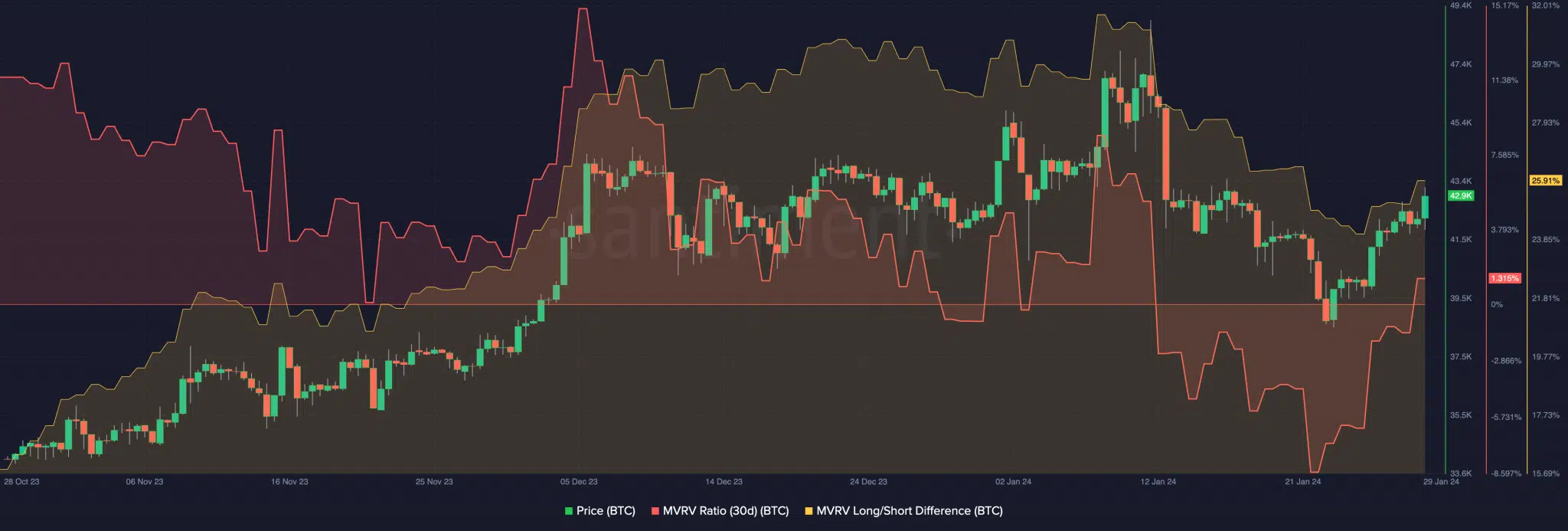Bitcoin’s (BTC) price has remained stable over the past few days, causing uncertainty in the market. As a result, investors have started to move away from BTC. The open interest in Bitcoin has seen a significant decline in recent days, which could signal a decrease in market participants’ active positions.
Bitcoin’s Liquidity Problem
Investors are continuously reducing their risks in Bitcoin and preferring more cost-effective alternatives. The decrease in open positions for Bitcoin, combined with investors actively reducing their risks and seeking cheaper alternatives, could create several negative effects for Bitcoin. Firstly, a decrease in open interest could indicate a loss of confidence among analysts and investors, potentially leading to reduced buying interest. This decreased demand could contribute to downward pressure on Bitcoin’s price. Moreover, if investors shift their focus to alternative assets, this could divert liquidity away from Bitcoin and affect overall market activity and liquidity.
Additionally, the perception that investors are looking for cheaper alternatives suggests a preference for assets with better short-term potential or lower risk, which could potentially erode Bitcoin’s position as the primary investment choice. This growth has also led to an increase in the MVRV (Market Value to Realized Value) ratio.

BTC’s Selling Pressure
The increasing MVRV ratio implies that addresses holding BTC are in a profitable position. While this profitability may encourage holders to sell their tokens to realize gains, it could potentially create selling pressure on BTC. Additionally, there has been an expansion in the long/short difference for BTC. This indicates that the number of long-term holders is greater than that of short-term holders.
This shift in the balance between long-term and short-term holders could indicate a prevailing sentiment among investors to hold onto their BTC for longer periods rather than trading in the short term. A higher ratio of long-term holders could contribute to increased price stability over time. Long-term investors typically react less to short-term market fluctuations, which could potentially mitigate the impact of sudden sales and provide a more resilient market structure. On the other hand, if a large number of long-term investors decide to sell their assets at the same time, this could lead to increased selling pressure in the market.

 Türkçe
Türkçe Español
Español









